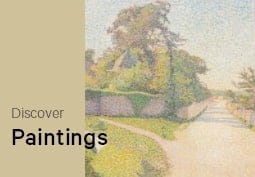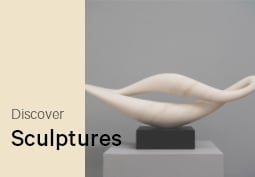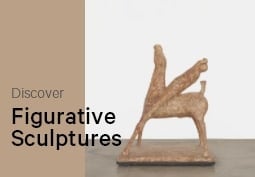Art Movement: Baroque – The Style of an Era
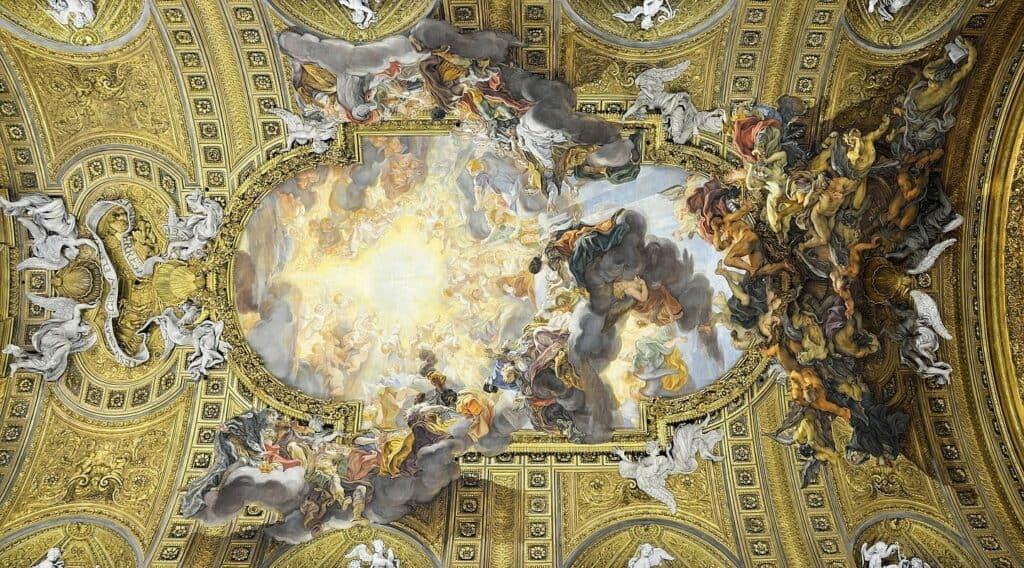
“The Baroque… endlessly produces folds. It does not invent things: there are all kinds of folds coming from the East, Greek, Roman, Romanesque, Gothic, Classical folds…..Yet the Baroque trait twists and turns its folds, pushing them to infinity, fold over fold, one upon the other.”
The Fold: Leibniz and the Baroque, Gilles Deleuze
The term Baroque, derived from the Portuguese ‘barocco’ meaning ‘irregular pearl or stone’, refers to a cultural and art movement that characterized Europe from the early seventeenth to mid-eighteenth century. Baroque emphasizes dramatic, exaggerated motion and clear, easily interpreted, detail. Due to its exuberant irregularities, Baroque art has often been defined as being bizarre, or uneven.
Baroque: origins & key ideas
The Baroque era was very much defined by the influences of the major art movement which came before it, the Renaissance. So much so that many art history scholars have argued that Baroque art was simply the end of the Renaissance and never existed as a cultural or historical phenomenon. Others have disagreed and argued that the events of the Protestant Reformation and the devastation of the Thirty Year’s War changed the way Europeans and European artists saw and engaged with the world shifted the directions of the arts and cultures, therefore implicating a clear distinction from the Renaissance.
It’s the sheer scale and importance of events as well as the contrasting painting styles over the course of the era that make it hard to pin an idea to Baroque. Europe was encountering one of its greatest shifts in society, especially with the challenge to the Roman Catholic Church; yet, through the early Baroque artists Gian Lorenzo Bernini and Francesco Borromini, the Baroque art movement began with the commissions of masterpieces from the Vatican and the social and religious circles around it. The Renaissance architectural mode went from linear to painterly, and Renaissance ideas of perfection, completion, and conceivability were challenged with ideas of becoming, paint likeness, endlessness, and limitlessness.
Key Period: 1590-1740
Key Regions: Europe: France, Italy, Netherlands, Germany
Key Words: Grandeur, color, reformation, drama, non-linear
Key Artists: Gian Lorenzo Bernini, Francesco Borromini, Annibale Carracci, Michelangelo Merisi da Caravaggio, Sebastian Bach, Pierre Puget, Rembrandt van Rijn, Peter Paul Rubens, Domenikos Theotokopoulos (El Greco), Johannes Vermeer van Delft, Antonio Vivaldi.
“I would define the baroque as that style that deliberately exhausts its own possibilities”.
Jorge Luis Borges
Style & characteristics
The Baroque art movement had no real directive or specific school driving it. Instead, it consisted of many great schools and artists across Europe throughout the 150 or so years of the Baroque Era encompassing a wide range of styles. Additionally, the quantity of genius-level artistry coming from different countries, schools, styles, and fields injects an added level of subjectivity to what Baroque may mean for an observer of the art movement. The best way to approach the mapping of Baroque art characteristics is therefore often the interaction with specific schools, artists, and artistic mediums. Generally, the main features of Baroque painting manifestations are drama, deep colors, dramatic light, sharp shadows and dark backgrounds. While Renaissance art aimed to highlight calmness and rationality, Baroque artists emphasized stark contrasts, passion, and tension, often choosing to depict the moment preceding an event instead of its occurrence.
Baroque painting
The most prominent Baroque painters originated from the Netherlands, Italy, and Spain. Generally, they were concerned with the human subjects or subjects and depicted similar scenes. The renaissance spheres of power still dominated the art directions of their cultures, and, accordingly, most of the commissions were portraits of royals, religious scenes, depictions of royal life and society. However, with the Baroque era came a rise in history and landscape paintings, as well as, portraits, genre scenes and still lives.
Such paintings flourished specifically in the Netherlands. Great Dutch Baroque painters included Rembrandt van Rijn, Johannes Vermeer, and Peter Paul Rubens. Their mastery of the medium was sought after by royal houses all over Europe. So great were the talents of the Dutch painters that Carl Klaus and Victoria Charles remarked ‘he [Rubens] is the only one who came near to Michelangelo in acting out drama’ and that “as a colourist, Rubens even perhaps overshadowed Michelangelo”.
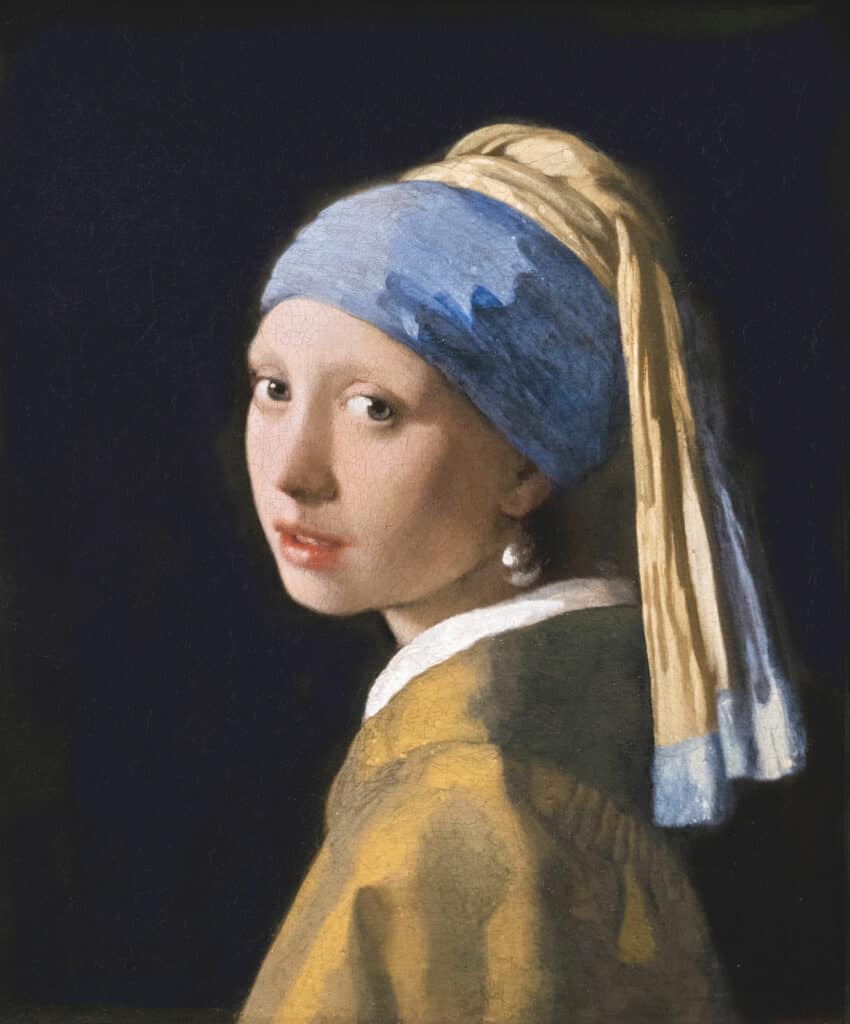
Rivaling with the Dutch and Spanish artists of the caliber of Diego Velazquez, Italian Baroque painters were imbued with the legacy of Renaissance and Mannerist style. Two of the leading painting schools in Italy were the so-called ‘eclecticism’ of the Carracci family and their academy on the one hand, and Naturalism on the other – a revolutionary style founded by Michelangelo Merisi da Caravaggio, which broke the barriers between religious and popular art and avoided the idealization of religious or classical figures, depicting to also ordinary living men and women in contemporary clothing.
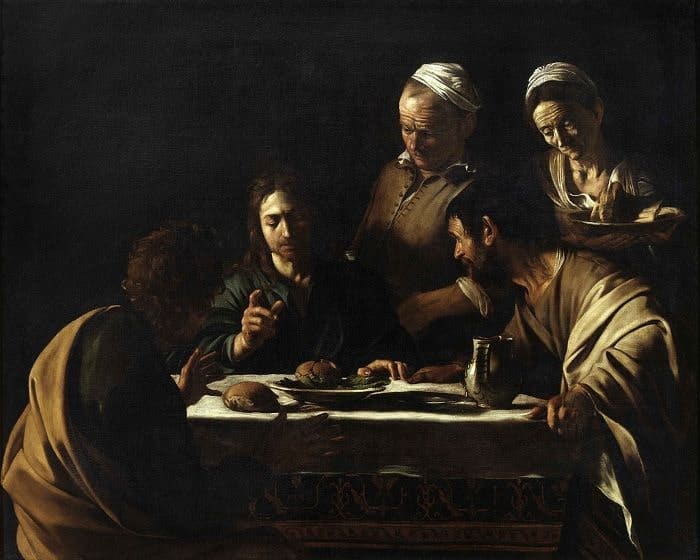
Baroque sculpture
Many great Baroque artists were architects as well as sculptors, and common traits can be seen in their oeuvre. A key similarity is the rejection of straight lines, resulting in increasingly pictorial sculptures where movement and expression are emphasized.
Baroque sculpture was primarily concerned with the representation of Biblical scenes spurred by the church but also by the beliefs of the sculptors themselves, as many worked on uncommissioned portrayals of biblical epics as well. Be it scenes from the old or new testaments, the desire of most Baroque sculptors was to portray pathos, as well as movement. The leading figure of Baroque sculpture was certainly Italian artist Gian Lorenzo Bernini.
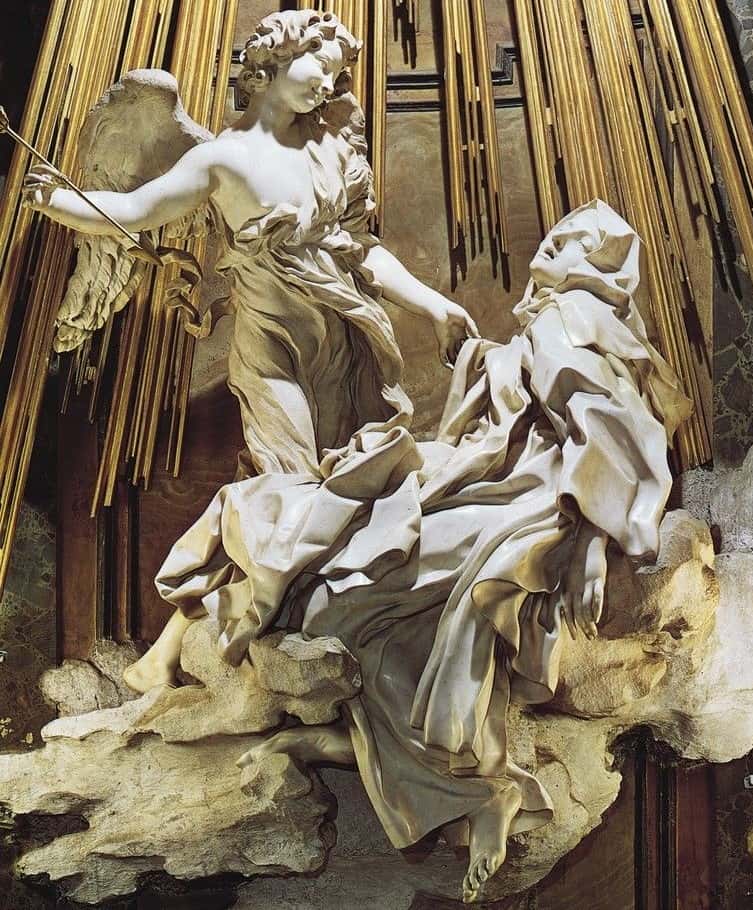
Baroque architecture
At the start of the 17th century, Italian architects were the dominant talents of Europe. Immense competition for the contracts offered by churches and the Vatican between Gian Luca Bernini, Francesco Borromini, Baldassare Longhena and others drew the rest of Europe’s attention, soon spreading the style across the continent. Royal courts were desperate to commission projects from the great Italian architects. Baroque architecture is characterized by intricate details and extreme decoration. Elements of Renaissance architecture were made grander and more theatrical, emphasized by optical illusions and the advanced use of trompe-l’œil painting. With the beginning of the 18th century, the European architectural focus shifted to France. There Jules Hardouin-Mansart broke away from the Baroque style and reverted to classicism, while Charles Le Brun brought the style and its traditions to new heights with his designing of the Galerie des Glaces in the Palace of Versailles.
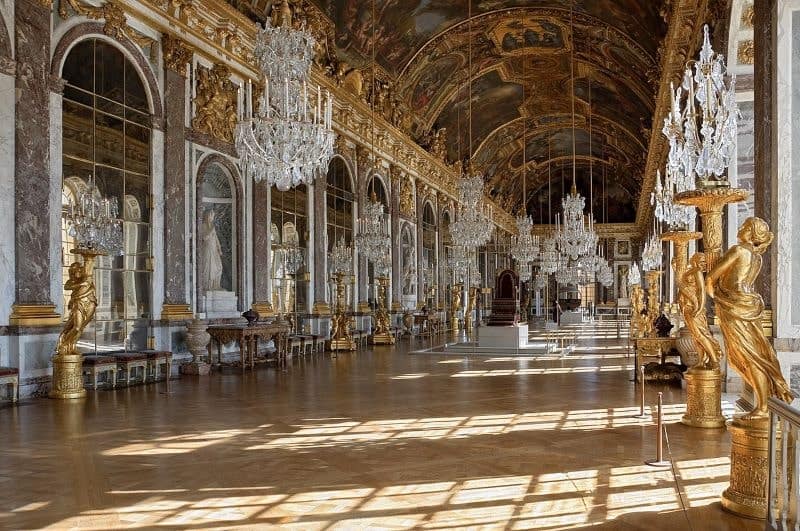
Baroque furniture
Inspired by the Asian decorative techniques brought back to Europe by Dutch, Portuguese, and English traders and explorers in the early 17th century, the furniture makers of the Low Countries (Belgium, Netherlands, Luxembourg) combined these new techniques with those from the Renaissance to satisfy the needs and wishes of their customers. This technical progress then spread to the other furniture-making hubs of France, Germany, England, and Italy. Twisted columns, ornate details, foreign or domestic woods, and heavy gilds of varying metals all defined baroque furniture, all put together in an effort to create a harmony of movement and singularity.
Unlike the other art mediums of the Baroque period, the Baroque furniture style was limited to the 17th century. Thereafter, furniture was dominated by the lavish tastes of King Louis XV of France who, with his craftsmen, developed the Regence and Rococo styles. The king’s taste soon became the rest of Europe’s taste, even in England where furniture makers tried to resist the asymmetrical designs of Rococo.
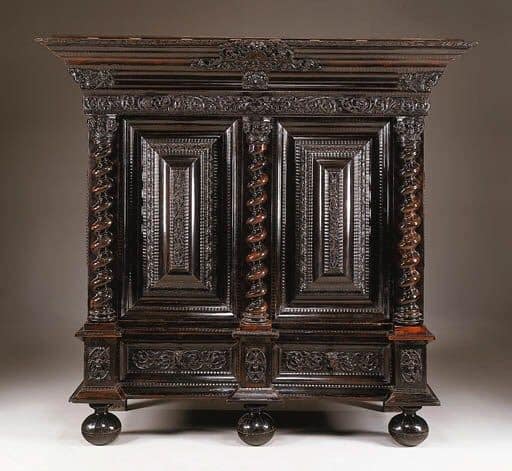
Baroque music
The baroque era was a time of musical innovation. Today baroque music is world-famous for the German composers George Fredrich Handel and Johann Sebastian Bach, but at the time Italian composers dominated the scene. Their legacy lives on through the music of Antonio Vivaldi, Claudio Monteverdi, Arcangelo Corelli, and their expressive scores. In order to create music on par with the classical Greek and Roman dramas of the past, Italian composers implemented new ways of playing and introduced new aspects of composition. Seeking dynamics and emotion in the place of regal static-ness, they developed a new musical language that enabled great dramatic interpretation. Most of this musical language is still used to this day, and also forms such as cantata, concerto, sonata, sinfonia, and opera originated in the baroque period.
Relevant sources to learn more
Learn more about other essential art movements and styles:
Art Deco
Dadaism
Impressionism

